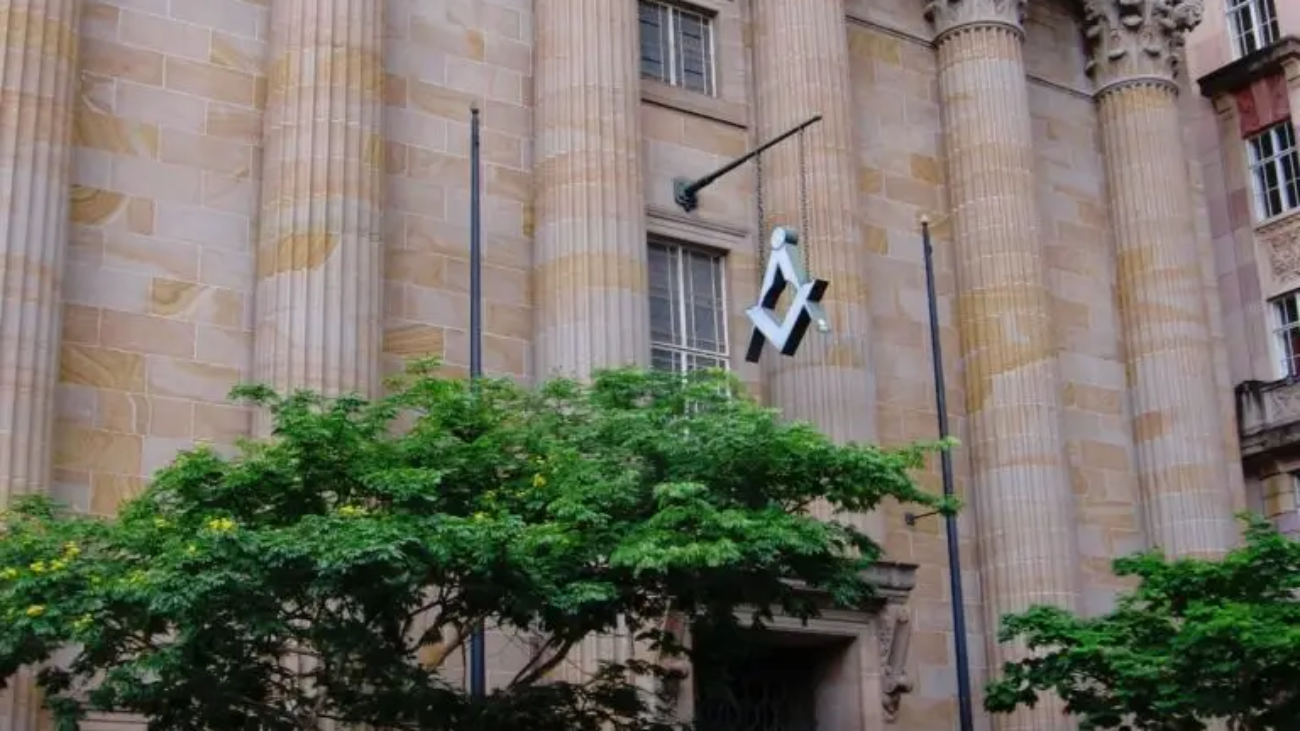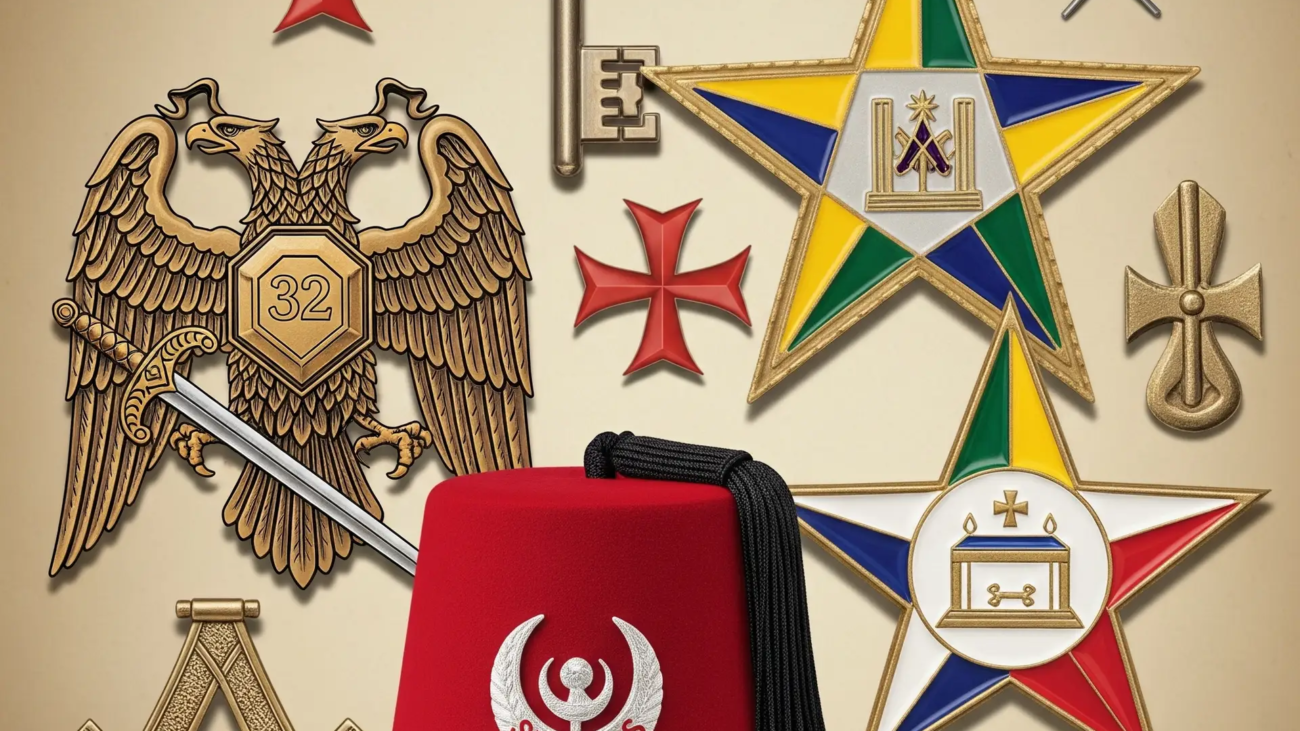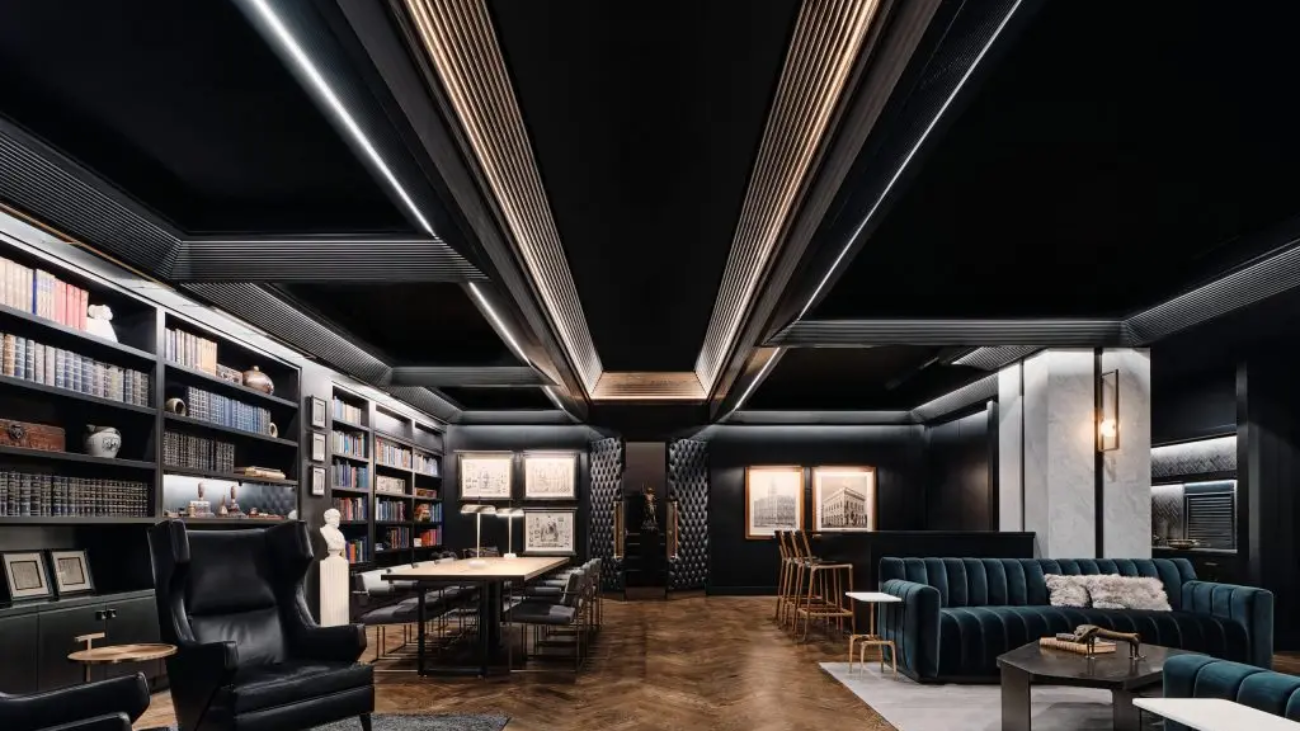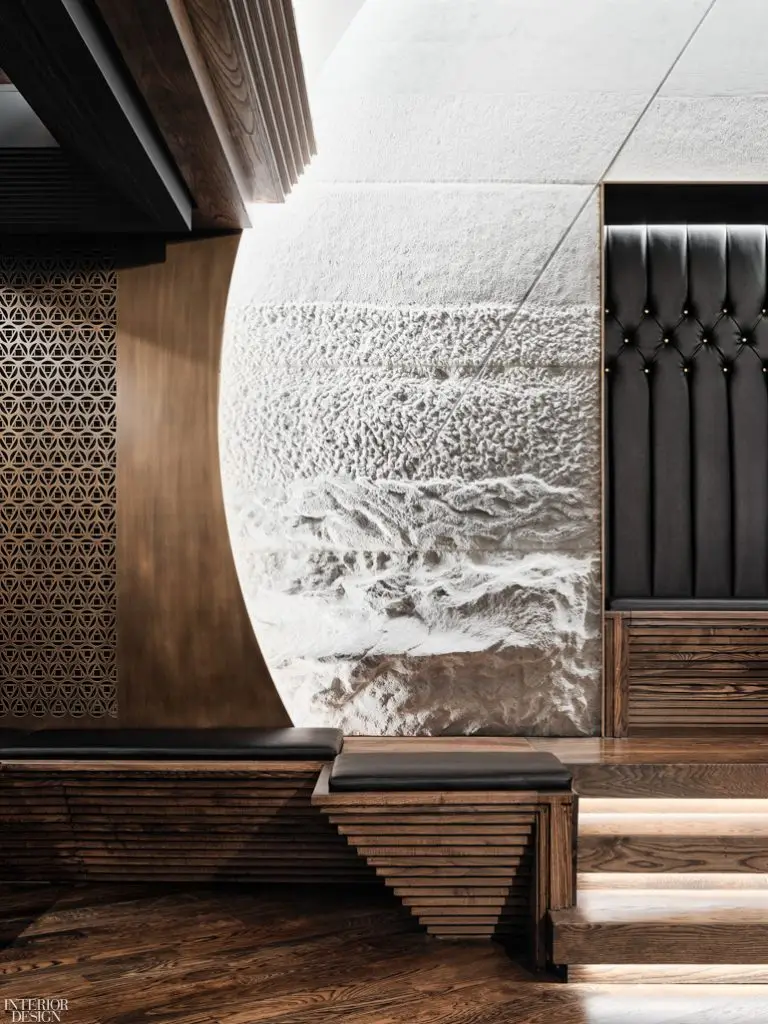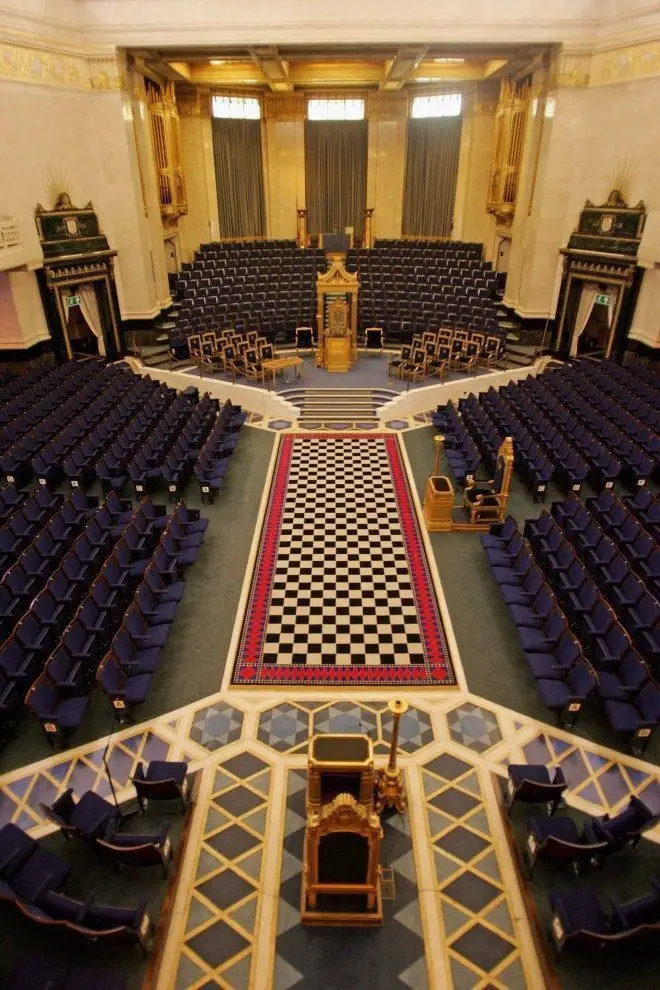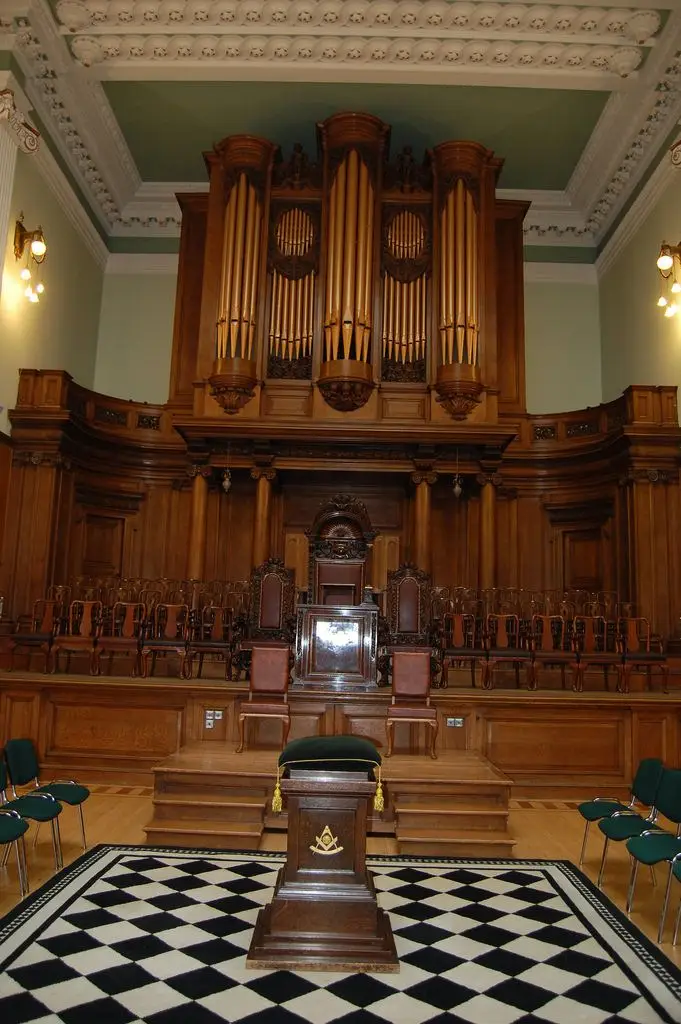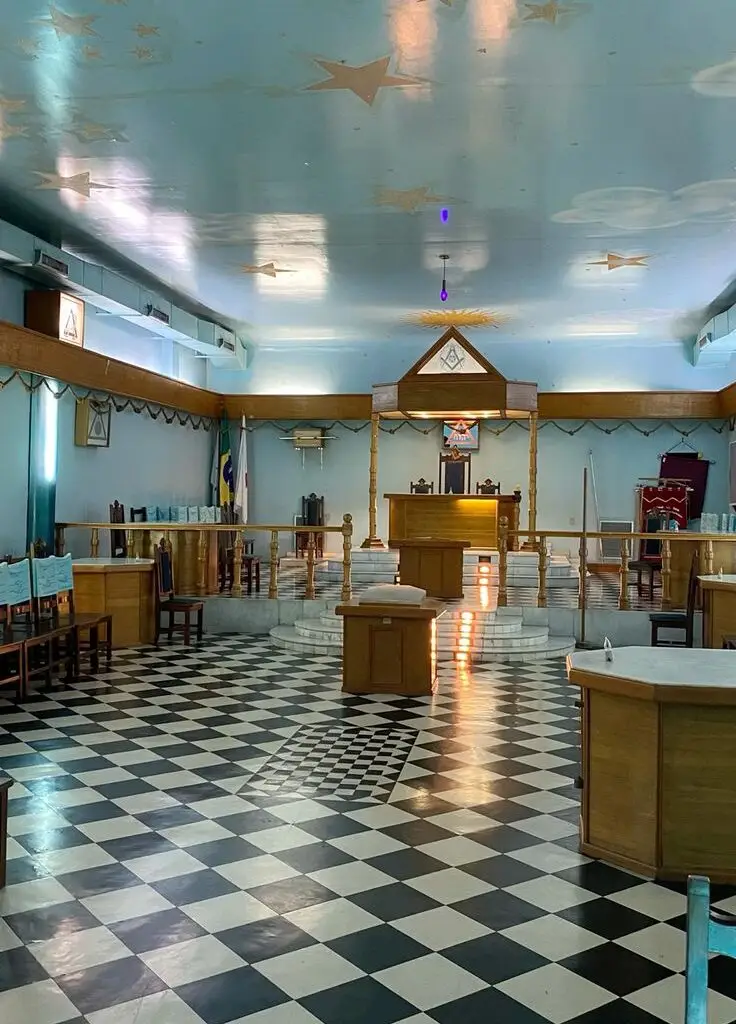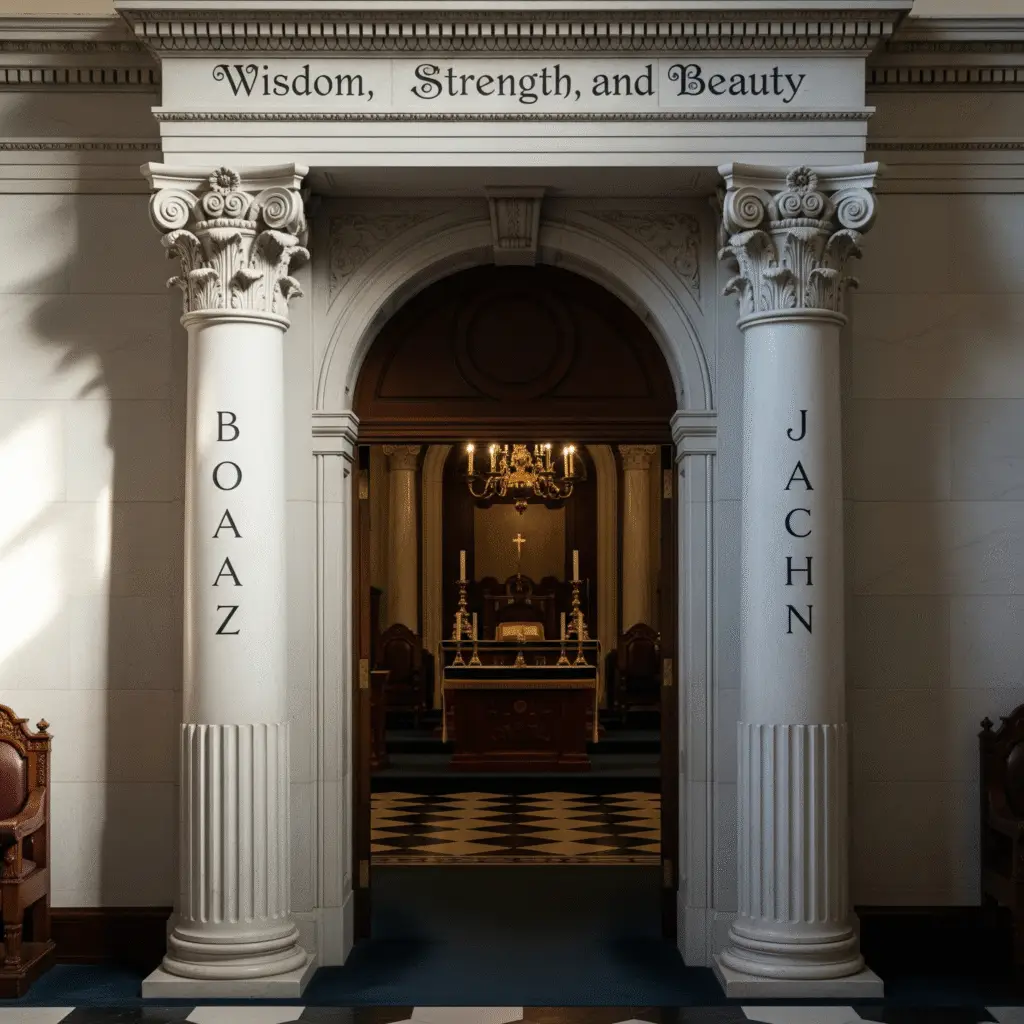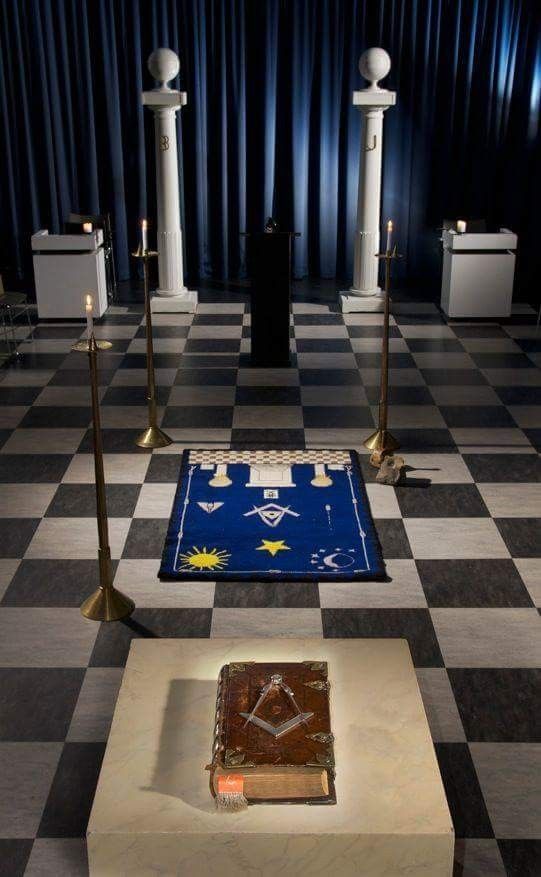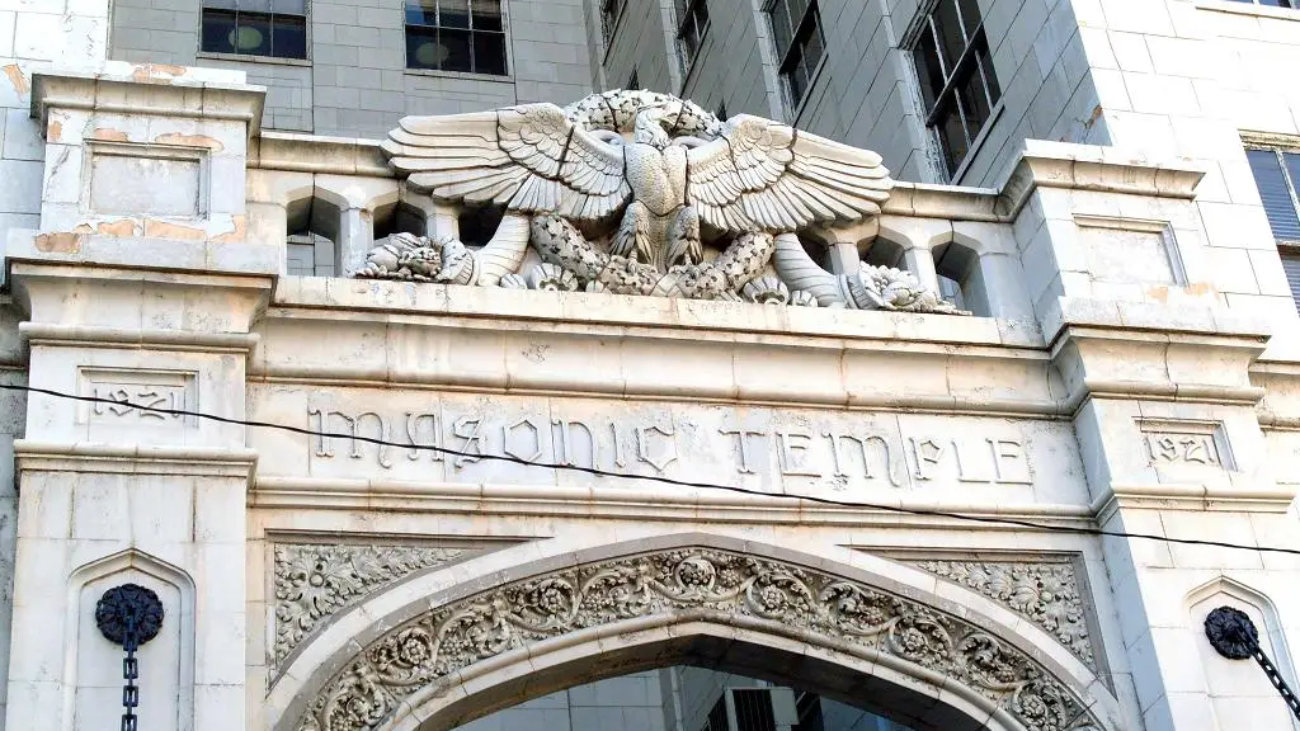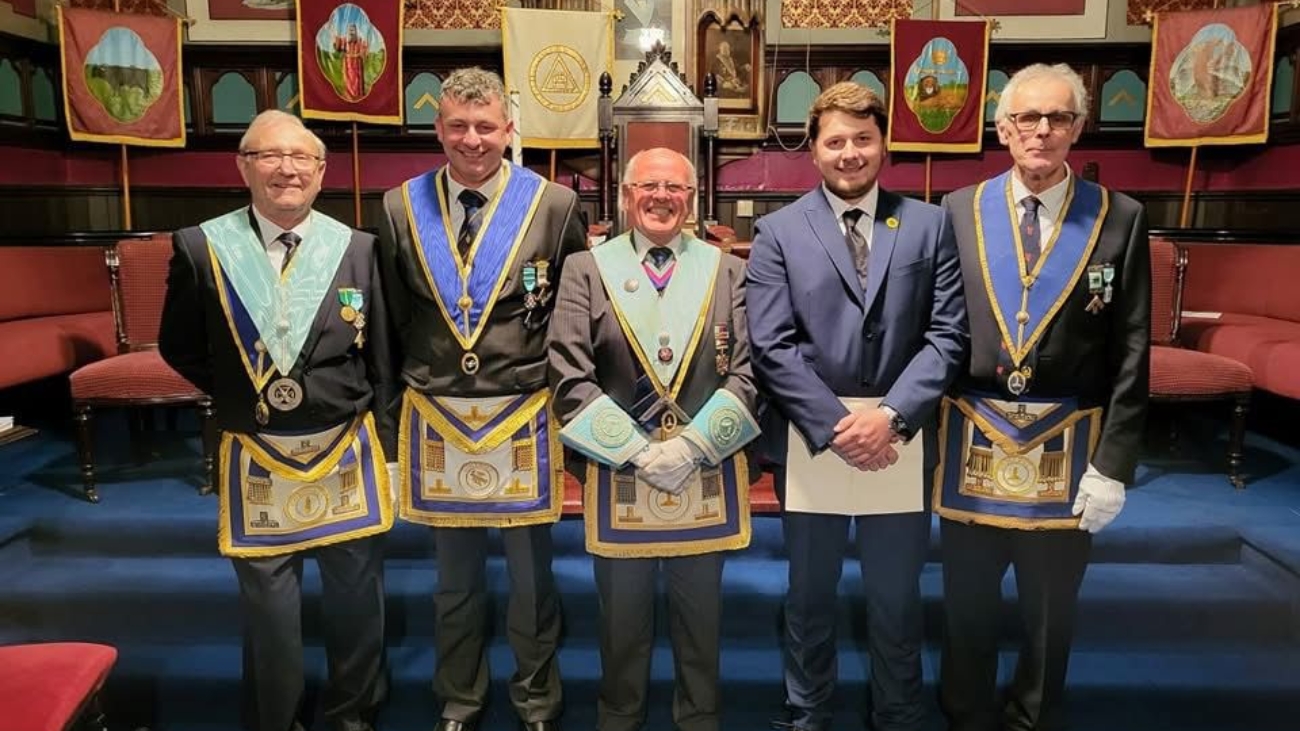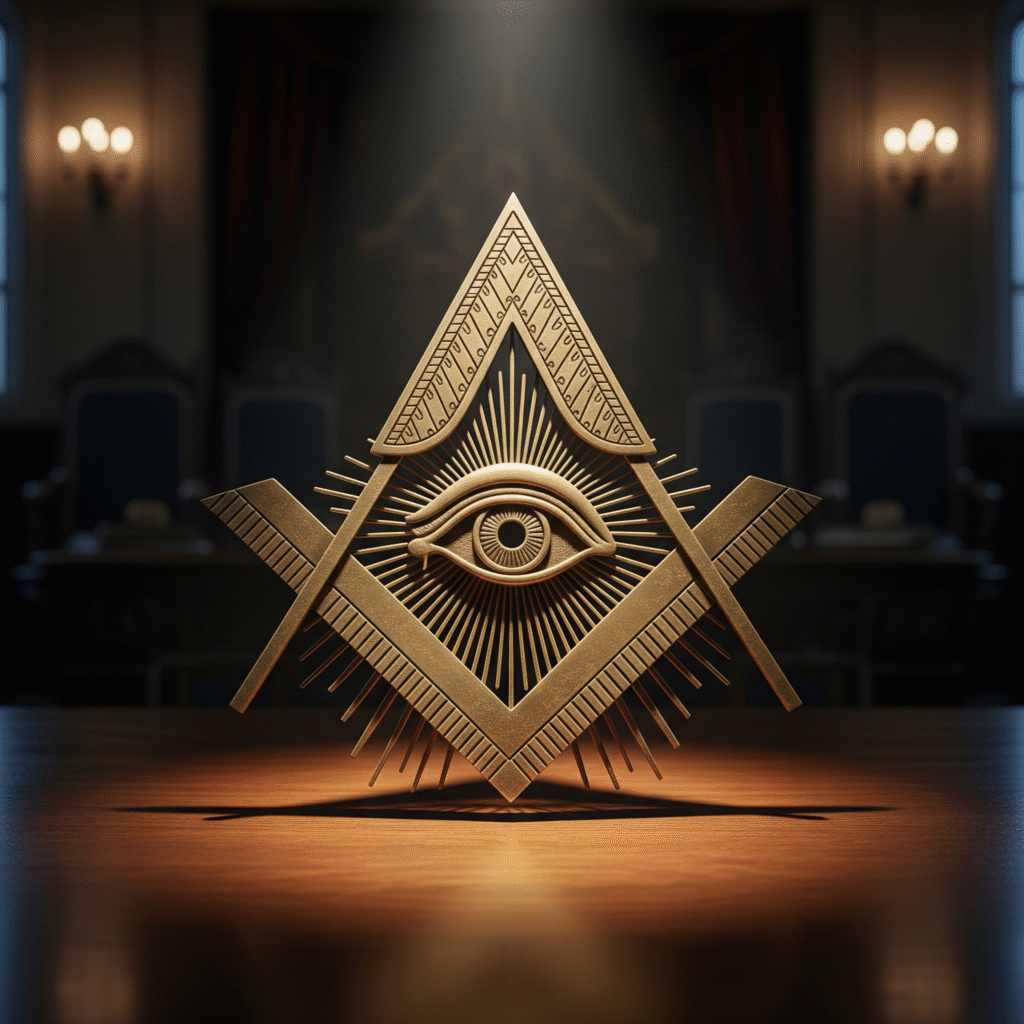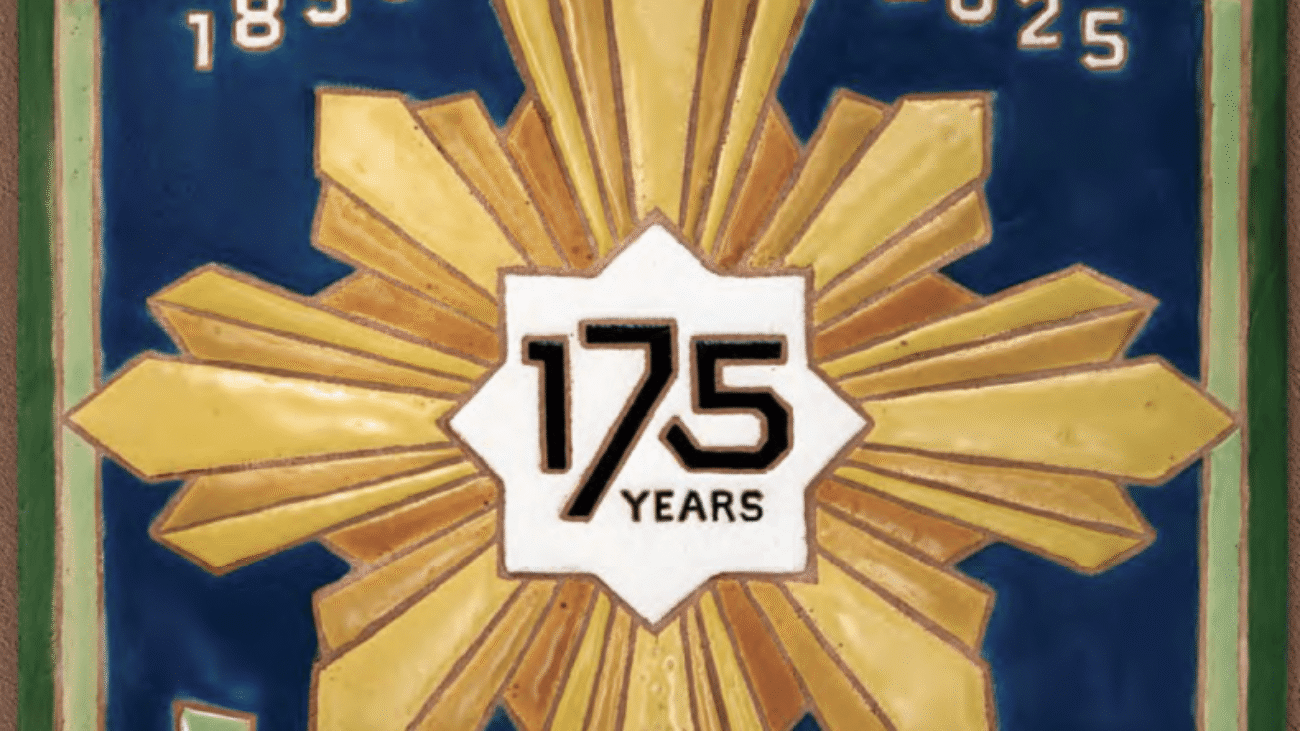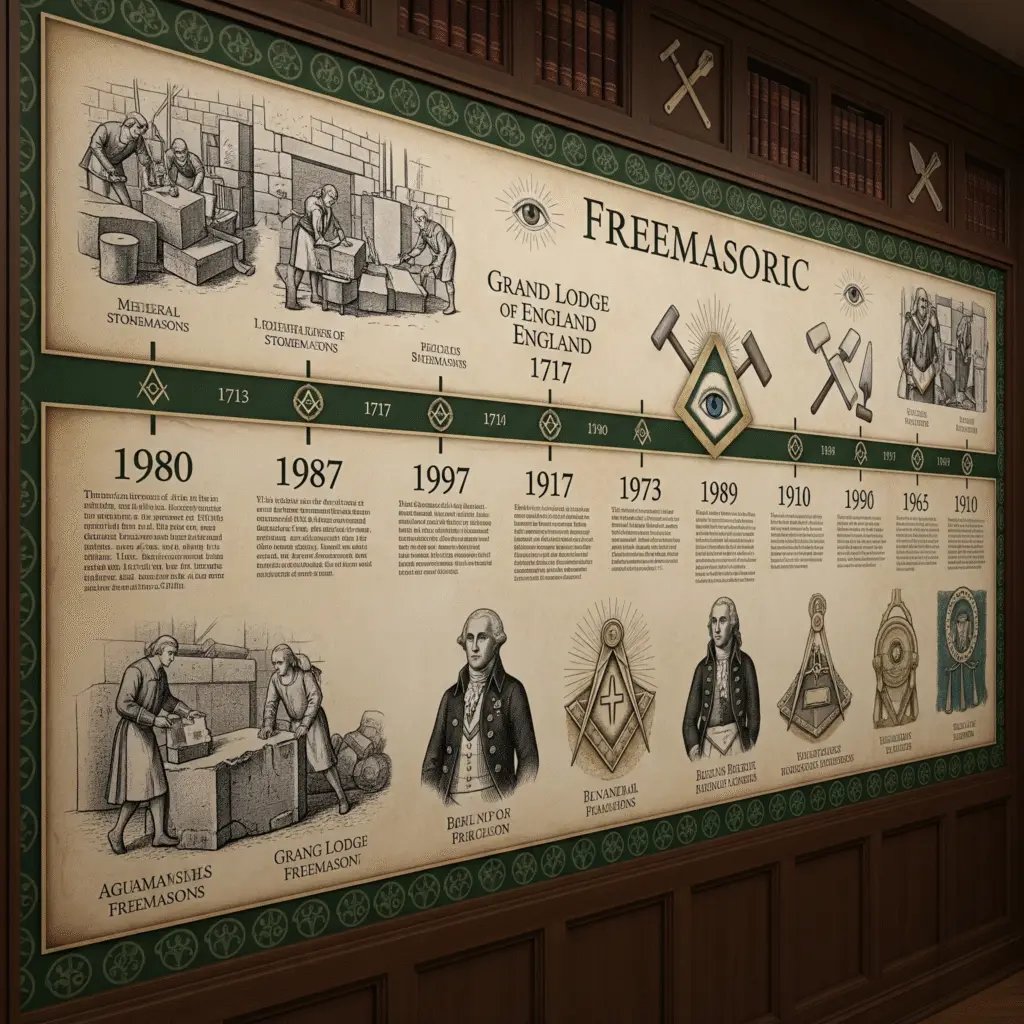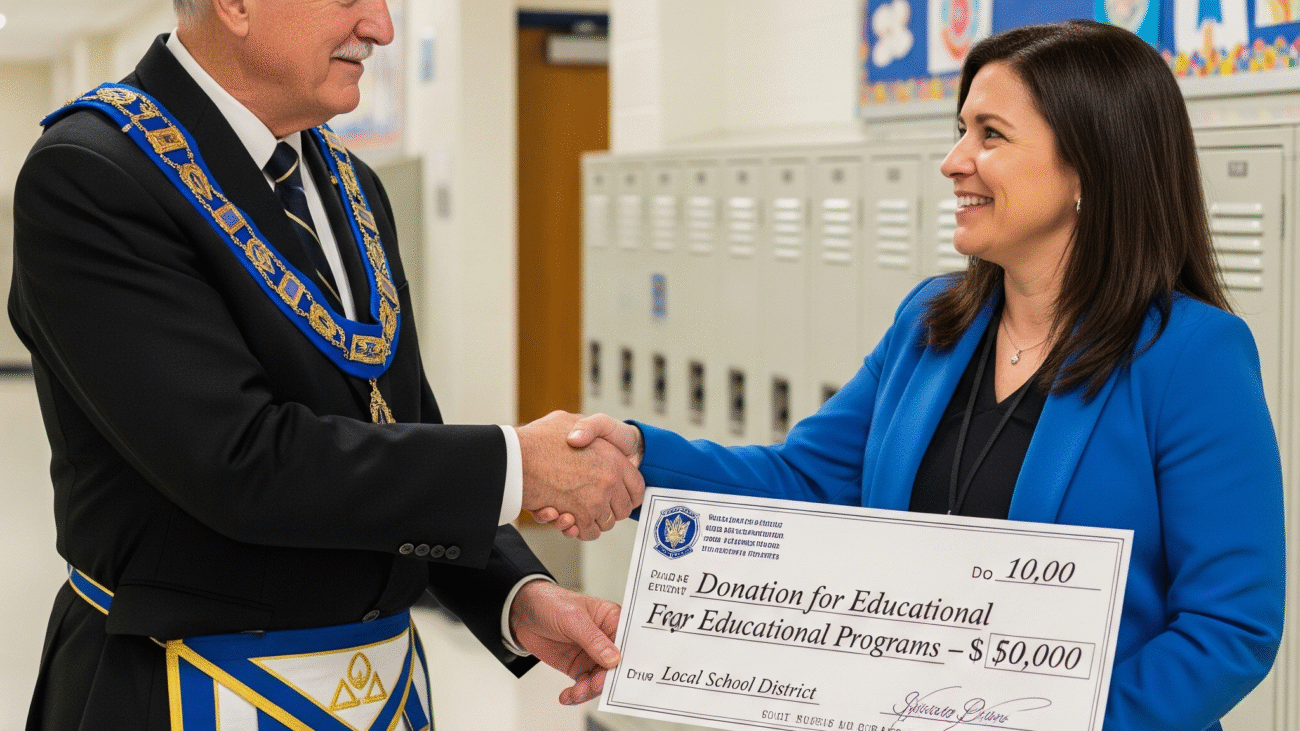Masonic Homes of California
The Masonic Homes of California is a well-established charitable organization that provides a comprehensive range of services, with a strong focus on senior living and care. It is often referred to as a “jewel in the crown” of California Freemasonry due to its extensive support for members and their families.
Here is a summary of their services and locations:
Locations
The Masonic Homes of California operates two main residential campuses:
- Union City: Situated in the hills overlooking the San Francisco Bay, this campus offers various levels of care, including assisted living, skilled nursing, and memory care.
- Covina: Located near Los Angeles, this campus also provides a full range of services for its residents.
Key Services
The organization’s mission has expanded significantly over its history. It now offers a variety of services to its members and their families:
- Residential Senior Communities: They provide an active and vibrant lifestyle for retired Masons and their families, with options for independent living, assisted living, and specialized memory care.
- Masonic Outreach Services: This statewide program offers support to Masons of all ages. This includes connecting them with local resources for in-home care, providing case management, and in some cases, offering emergency financial assistance.
- Masonic Center for Youth and Families (MCYAF): This center provides comprehensive mental health and behavioral services for children, teens, and families.
- Expanded Eligibility: In recent years, the Masonic Homes have expanded their eligibility to include not only Masons and their widows but also their parents and parents-in-law, making their services accessible to a wider circle of the Masonic family.
The Masonic Homes of California are a testament to the fraternity’s core principle of Relief, providing a safe and supportive community for its members during their time of need.

